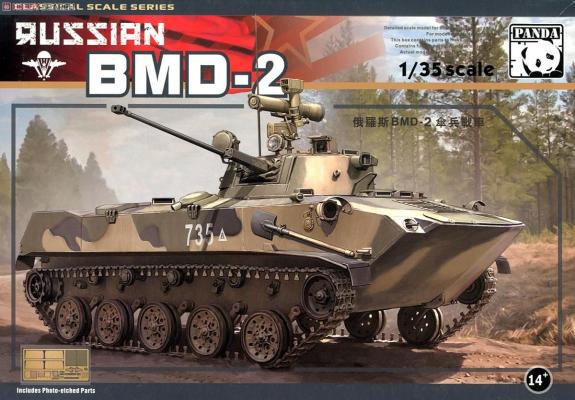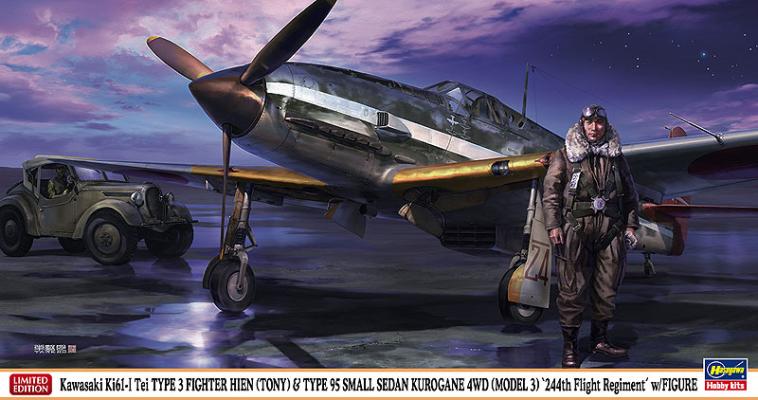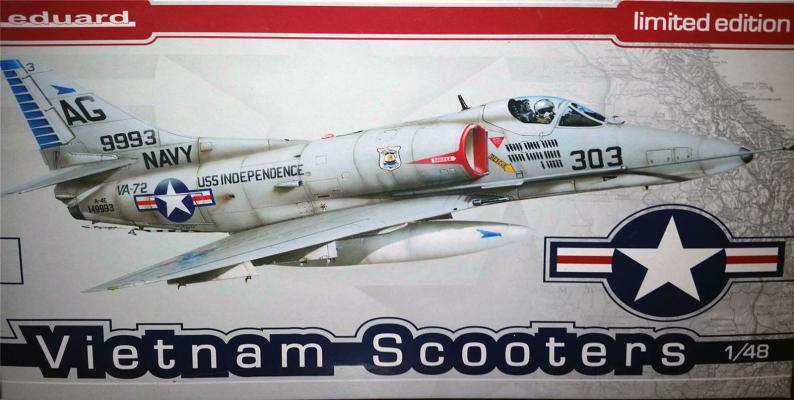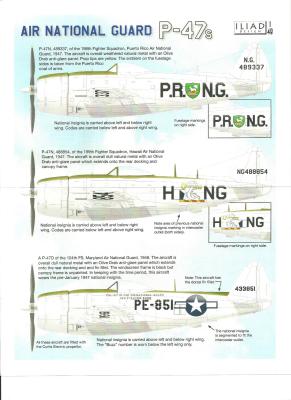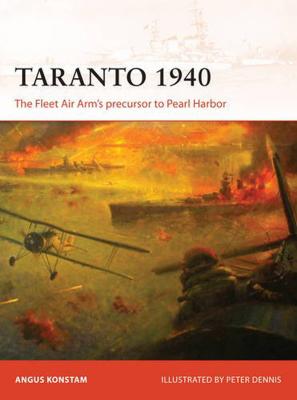The BMD is an air-droppable infantry combat vehicle built originally for the Soviet Airborne Forces. It was one of the first vehicles into Afghanistan in 1979 and like BMP soon proved to be inadequate to the task. Like the BMP, the BMD was upgraded as a result of the war experience, being fitted with a 30mm 2A42 automatic cannon and 7.62mm PKT machine gun and the AT-5 Spandrel anti-tank missile system. These upgraded vehicles were built and they served in Afghanistan and in Kosovo with SFOR. The vehicles still serve in the airborne forces of Russia and Ukraine. According the Cookie Sewell 2500 were built and the majority of the BMD-2 and the older BMD-1s were placed in storage in depots around Russia and the Ukraine. Fast forward to 2014 and crisis erupted in the Donets Basin (DONBAS) (https://en.wikipedia.org/wiki/Donbass)
Welcome to the IPMS/USA Reviews site!
Introduction: The primary organization of the IPMS/USA Review website is by IPMS/USA National Contest Class. Within each Class there are sub-menus by kits, decals, books, etc. The Miscellaneous Class is for items that are not class specific or that cross two or more classes.
IPMS/USA Members: We encourage you to submit reviews, both here and to the Journal. To volunteer for membership in the IPMS/USA "Reviewers Corps" and submit your own reviews, please read the Guidelines For Submitting Product Reviews.
Manufacturers, publishers, and other industry members: IPMS/USA is pleased to offer your company the opportunity for product reviews. All product reviews are performed by IPMS/USA members, and are posted in the publicly-accessible section of our website. With very few exceptions, we perform full build reviews of new kit releases, aftermarket products, and supplies. If you would care to provide product samples for review, please contact John Noack, IPMS/USA 1st VP.
To learn more about IPMS/USA, please see our About Us page.
History Brief
The Kawasaki Ki-61 Hien ("flying swallow") is a Japanese World War II fighter aircraft used by the Imperial Japanese Army Air Force. Built to compete with the P-40 Warhawk, the Ki-61-I was the first Japanese fighter to feature a liquid-cooled inline V engine. It was also the only mass-produced Japanese fighter of the war to use a liquid-cooled inline V engine. The first encounter reports claimed Ki-61s were Messerschmitt Bf 109s: further reports claimed that the new aircraft was an Italian design, which led to the Allied reporting name of "Tony", assigned by the United States War Department. The Japanese Army designation was "Army Type 3 Fighter”. Over 3,000 Ki-61s were produced. Initial prototypes saw action over Yokohama during the Halsey-Doolittle Raid on 18 April 1942, and continued to fly combat missions throughout the war. Most of the type was tasked with defending the home islands against bomber flights.
My fascination with the A-4 Skyhawk dates back to 1979 when I attended my first air show at Lemoore Naval Air Station in the California’s central valley. As a freshman at Fresno State I was enamored with the Air National Guard F-106 Delta Darts, then flying out of the Fresno Air Terminal. I wanted to get a closer peek of the aircraft at the upcoming air show. After the long drive to and onto the base we were parked on, the northwest end of the base next to ramps was full of hundreds of A-4 Skyhawks and A-7 Corsairs. It was explained to us that these aircraft, although still front-line attack aircraft were waiting disposition, as they were in line to be replaced by the soon arriving F/A-18A. Most still had their colorful markings that were applied during the Vietnam War. I sure wish I had taken more photos as we walked down the ramps parallel to these historic aircraft.
This 1/48 scale decal set, available from Iliad Design, provides markings options for 3 different P-47N’s flown by the Puerto Rican Air National Guard, Hawaii Air National Guard, and Maryland Air National Guard. Markings are included for three natural finish Thunderbolts. The Iliad set includes 3 special markings and enough marking data to complete 3 aircraft.
The three options are:
Many modelers have a general knowledge of the Royal Navy’s air attack on the Italian base at Taranto and its outcome but are sketchy on the finer points. So, you have bought one of the new, marvelously detailed kits of the Fairey Swordfish “String bag” and all the aftermarket goodies for it, but the last particulars are not clear in your head. This full-of-specifics history will tell you not only the scope and swoop of the Mediterranean naval campaign of the early WWII years, but exactly who flew which aircraft, its unit and letter/number designator and the weapons load. Did you know that the planes flew off with only two crewmen each rather than the usual three? And why? This book will tell you. But, I get ahead of myself.










